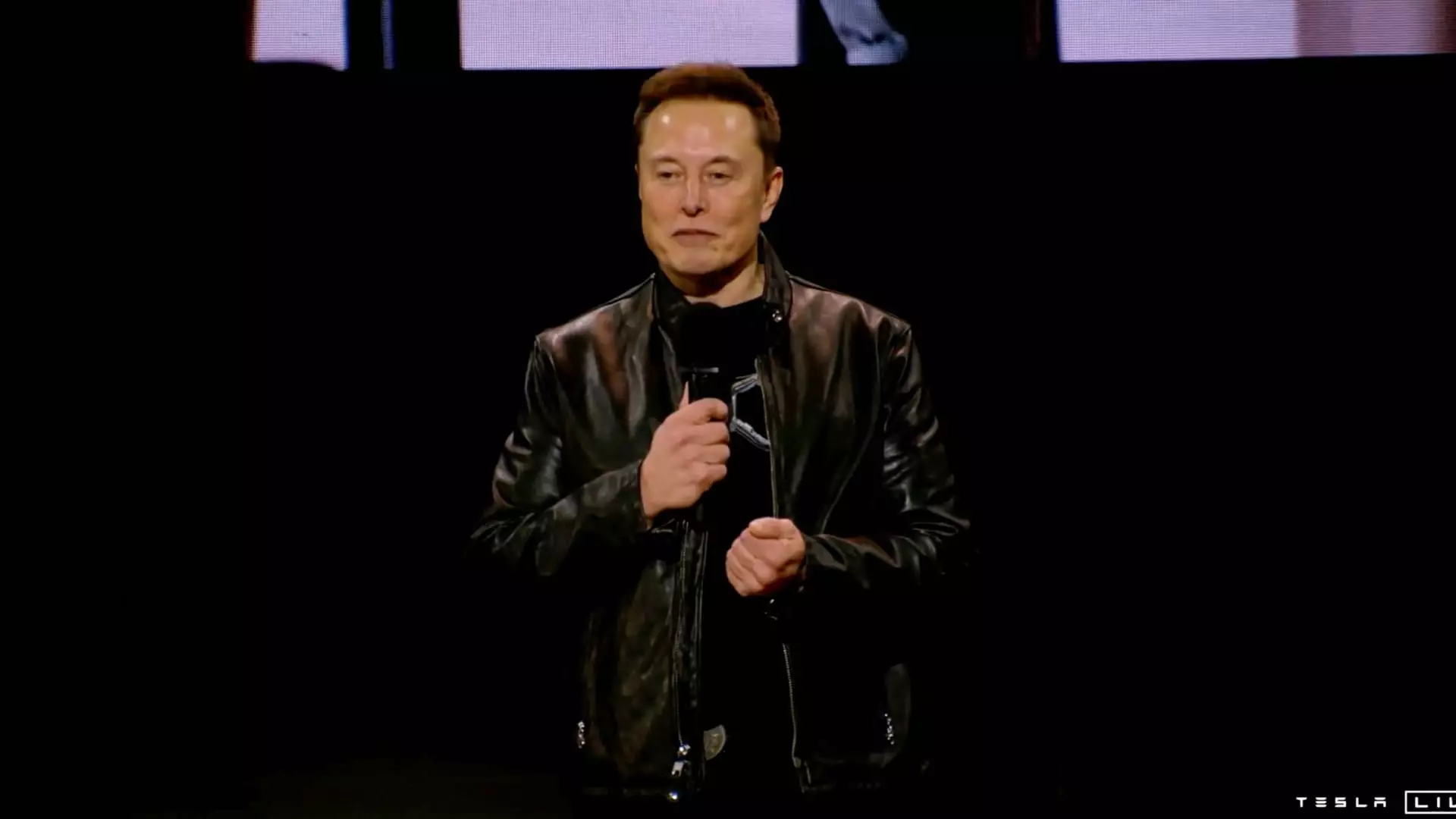In recent years, Tesla has positioned itself at the forefront of electric vehicles and autonomous driving technology. However, recent communications from the National Highway Traffic Safety Administration (NHTSA) reveal a troubling discrepancy between Tesla’s portrayal of its Full Self-Driving (FSD) system and the actual capabilities of the technology. These revelations raise critical questions about safety, responsibility, and the potential consequences of misleading claims.
The NHTSA’s warnings come in response to social media activity by Tesla that seemingly promotes the idea of fully autonomous vehicles. According to Gregory Magno, NHTSA’s chief, the reposting of content showcasing drivers disengaged from the driving task does not align with the reality that human supervision is essential when utilizing FSD technology. The implication of these posts is that Tesla’s vehicles can function without driver intervention, an assumption that could lead to hazardous situations, especially if consumers infer they can treat their vehicles as completely autonomous.
What makes this issue particularly alarming is the potential danger posed to drivers and pedestrians. The NHTSA refers to specific instances where drivers have used FSD inappropriately, leading to dire consequences. For example, a driver reportedly fatally struck a pedestrian while relying on this partially automated system. Such tragic incidents emphasize the necessity for clear communication; drivers must understand the limitations of the technology to avoid catastrophic errors in judgment and execution.
In light of these concerns, the NHTSA has imposed a deadline for Tesla to provide a thorough account of its technology and communication strategies by December 18. The potential for hefty fines—up to $135.8 million—underscores the seriousness of this situation. Tesla’s response not only affects its financial standing but also its credibility as a leader in the field of autonomous vehicles. The company must demonstrate its commitment to safety by ensuring that its marketing aligns with the realistic capabilities of its systems.
The broader implications of this situation extend beyond Tesla. The misalignment between public perception and the reality of automated systems speaks to a systemic issue within the automotive and tech industries. Manufacturers may be tempted to oversell the capabilities of their products, risking consumer safety. The emergence of a federal motor vehicle safety standard for autonomous vehicles could provide a framework for holding companies accountable for claims that don’t stand up to scrutiny.
As Tesla navigates this critical juncture, it is imperative that the company uphold transparency in its communications. Upholding safety standards and fostering informed consumer behavior should take precedence over aggressive marketing tactics. The conversation surrounding autonomous vehicles is evolving, but it is essential that both consumers and manufacturers engage with it responsibly to ensure a safer driving environment for all. The stakes have never been higher, and it is crucial that Tesla sets a precedent for honesty and accountability in the rapidly changing landscape of transportation.


Leave a Reply